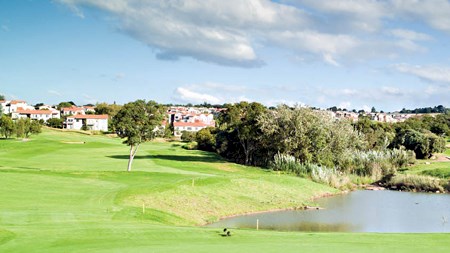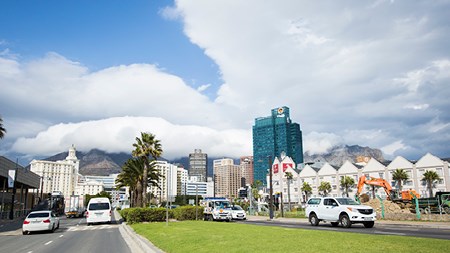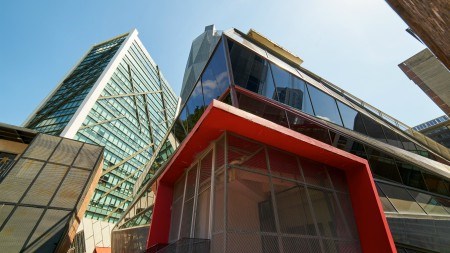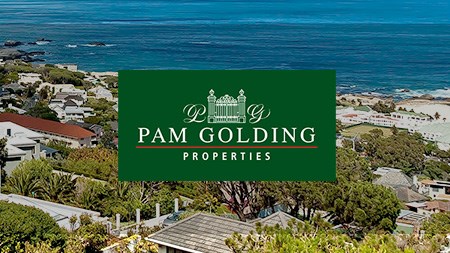Top-notch security, an outdoor lifestyle, private schools, shops, and of course those rolling fairways as your view – it’s easy to see the attraction of golf estates as self-contained, secure villages. But for property owners on these estates, as well as the estate owners themselves, are they a good financial investment in the long term?
According to property analyst Lightstone, some of them certainly are. Dainfern Golf Estate in Johannesburg’s Northern suburbs, for example, has seen 24,9% year-on-year price increases.
“There is now probably no one area that is quite so sought after as Dainfern Golf Estate”
say Rawson franchisees Steven Goosen and Lisa Burgess. “Its innate quality and high prices put it in a class all of its own.”
Dainfern now has 1,200 completed housing units in 11 separate villages, with prices varying from R3,5m to R12m. The estate is the only gated village in Gauteng to have a top ISO 9,000 security rating. Nadine Smyth, a Dainfern resident, says that she chose it because she “loves the sense of freedom the security gives her, and the associated lifestyle, even though I don’t actually play golf regularly”.
This seems to be a noticeable trend. Property specialist Simon Black, from Black Pepper Properties, named a number of other Gauteng golf estates on the outskirts of Johannesburg that aren’t doing quite so well.
“Blair Atholl, Copper Leaf, Pecanwood – all of them are struggling financially and one of the reasons it that fewer residents (and visitors) are playing golf, which means less money to maintain the golf facilities.”
But why are people playing less golf? Because it’s an expensive and time-consuming sport when compared with other hobbies, and our time-poor lifestyle and shrinking disposable income means it’s hard to justify spending money and time on it. With all these factors making golf less of a priority in people’s lives, the future of new golf estates in this country looks to be an uncertain one.
This article originally appeared in Neighbourhood, Sunday Times.





